Your cart is currently empty!

A stool made from a discarded surgical mask: a new look at plastic recycling
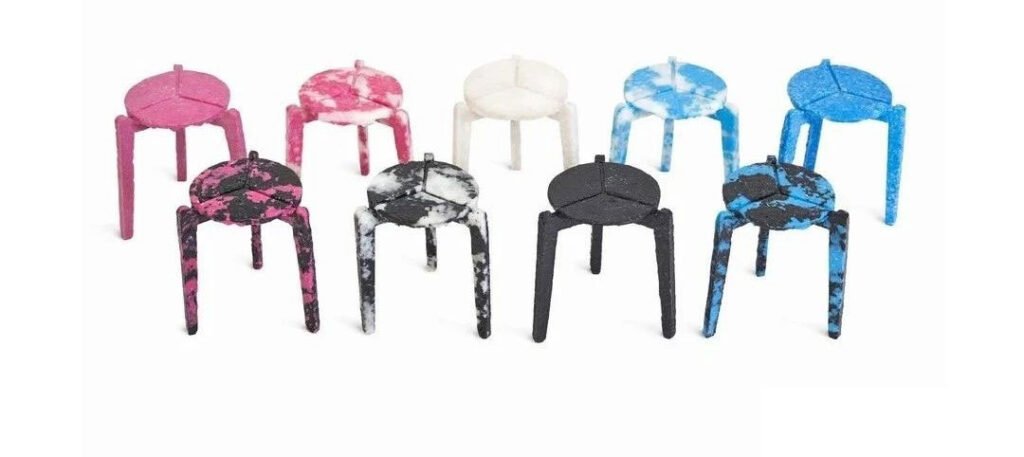
The global epidemic has changed people’s way of life, the market demand for masks is very huge, but also produced huge mask garbage, many people began to worry about the pollution. South Korean designer Han Eulkim has created a unique three-legged stool from a collection of discarded face masks on the campus of the University of the Arts in South Korea.
Plastic bench made from a waste respirator
After a number of experiments, Haneul Kim gradually developed a process to turn the mask material into an interesting stackable stool with a unique texture similar to natural materials. Haneul Kim’s stacked stools are made by piling a number of masks together, using a hot gun to melt them at temperatures in excess of 300 °C, and then reshaping them. Each leg is made of 250 masks, the seat requires 750 masks, and a stool can absorb more than 1,500 old masks. Each molding has a different material and a different color. His stool is made entirely of old masks, without glue or other adhesive, and the color of the stool is consistent with the material.
Other designers
Haneul Kim’s stacked three-legged stool is a great example of a successful waste recycling program that takes full advantage of its design leadership. Haneul Kim’s approach has certainly generated a lot of interest in plastic waste recycling, with other designers experimenting with plastic waste.
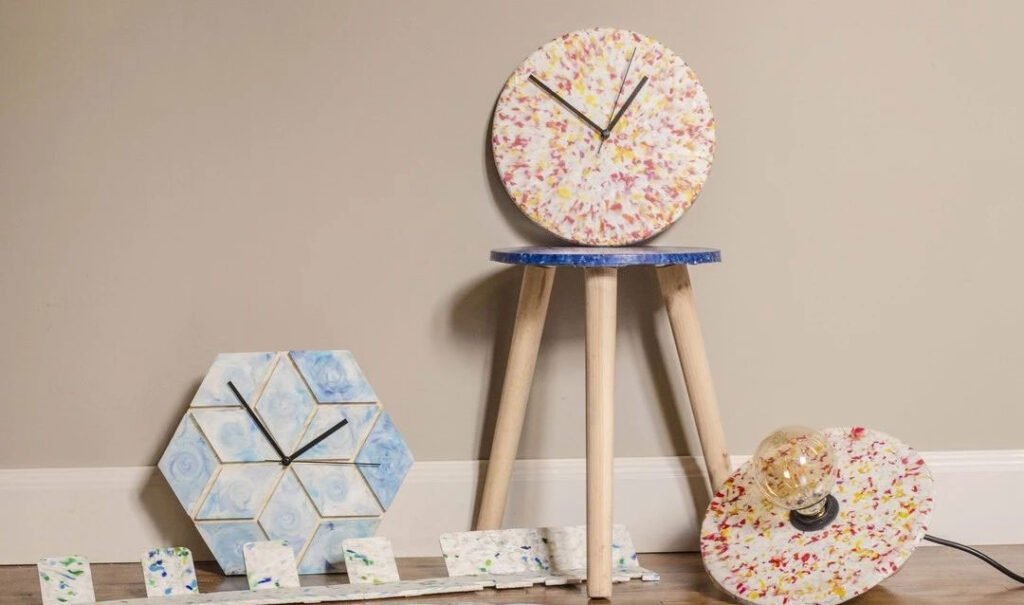
Is polypropylene environmentally friendly? It depends on what you do with it. Compared to other types of plastics, it has the least environmental impact, producing less solid waste and less carbon dioxide residue than polyethylene and the like. At the same time, it is the most durable, can be remolded melting, easy to reuse.
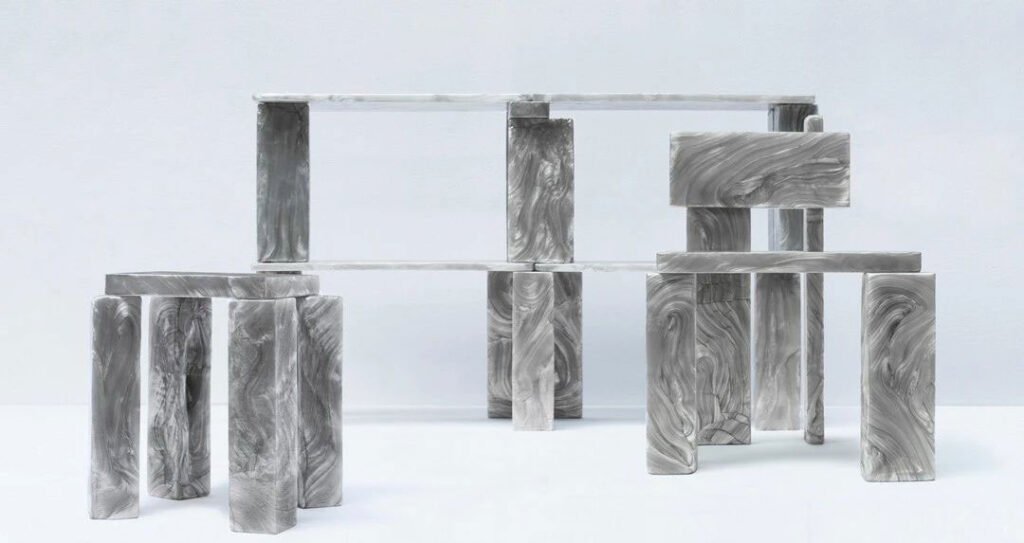
In the field of design, many people have come up with innovative ways to recycle waste. Gomi of the UK has turned plastic waste into electronics such as mobile phone chargers and has a “Treasure plastic” program to promote the production of recyclable furniture. One, PLASTICIET, has a collection of furniture called Mother of Pearl, and Belgium’s eco bird has turned discarded plastic toys into children’s desks and chairs.
Luken furniture has teamed up with Mexican design firm Paola Calzada Arquitectos to create beautiful benches using plastic waste. Supernovas encourage consumers to trade plastic waste for their Afterlife furniture designs from a circular economy perspective.
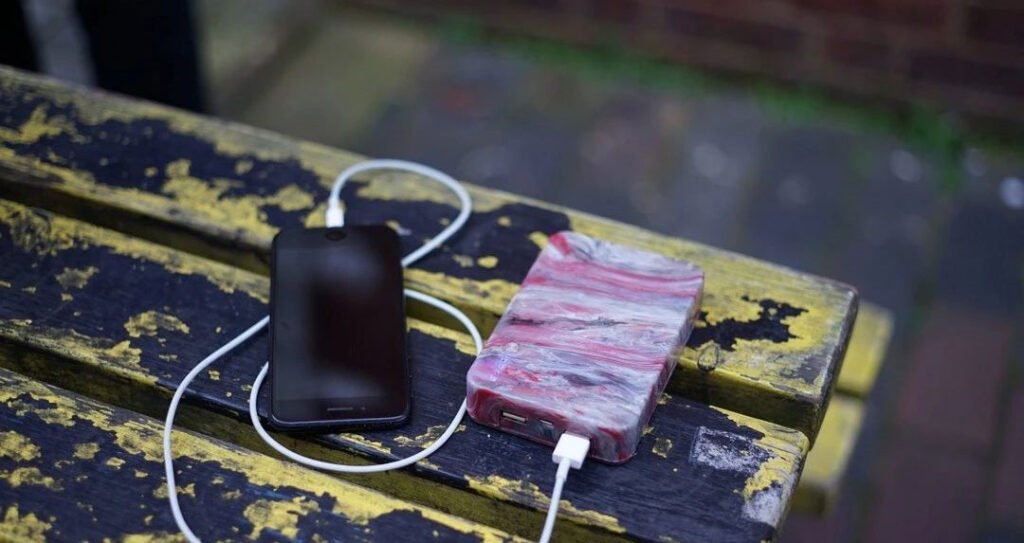
Other designers have different practices. Tom Price’s Thinker desk, made of melted plastic tubes, and Francois Dumas’s Sealed chair, molded from melted paint in a wooden mold. In addition, more advanced 3D printing technology has been used to establish an efficient plastic production system.
Old masks are useful
According to the United Nations, 75 percent of the masks we use end up in the garbage without being treated, and some end up in various waterways. Haneul Kim hopes to use them in more ways than just making furniture.
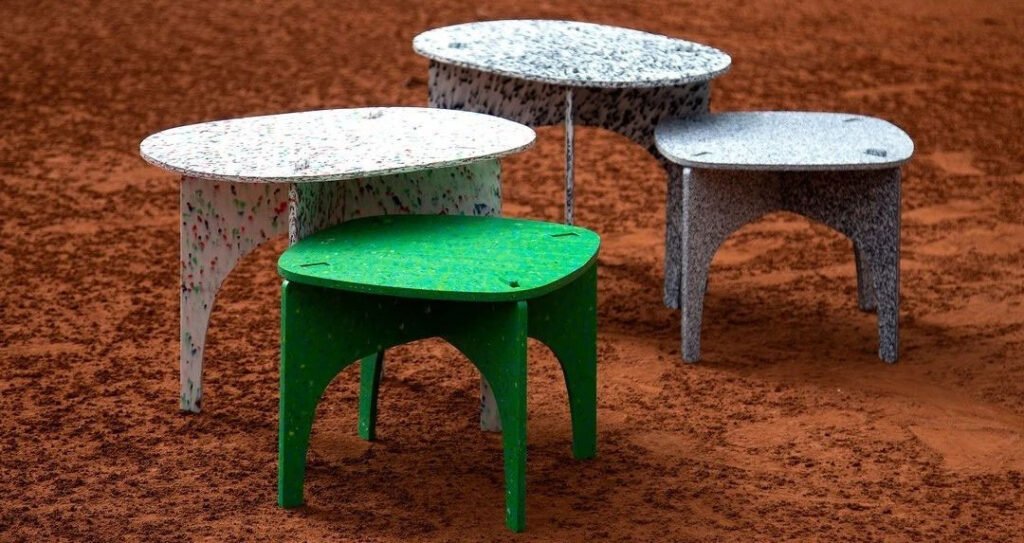
Today, many companies around the world have introduced the use of masks technology. A French company has made a new material called Plaxtil from used masks, while Desē, an Indian recycling expert, makes bricks from the masks in his laboratory, TerraCycle, a U. s.-based company, focuses on making pellets of materials that are difficult to dissolve naturally, such as plastics and masks, and then using them to make new products.
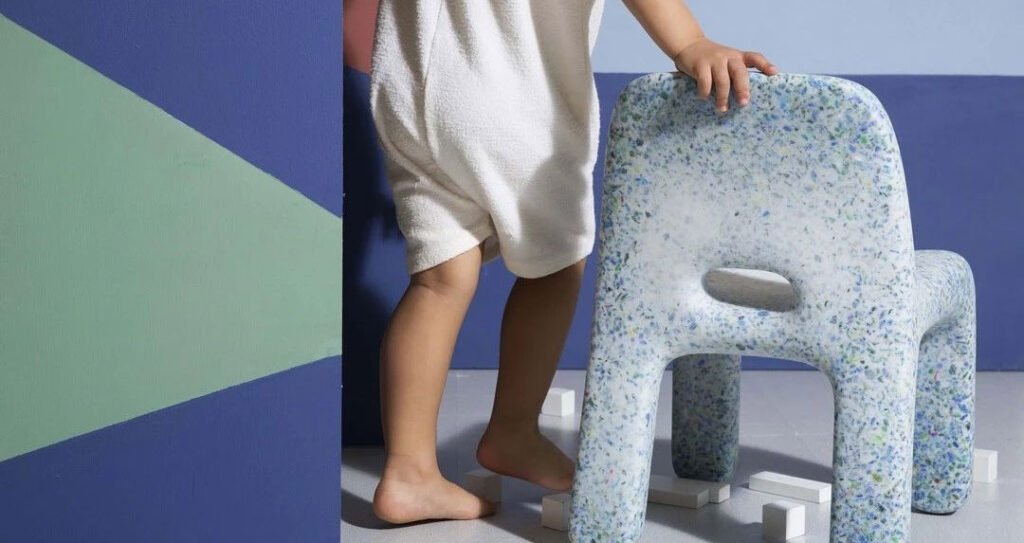

发表回复